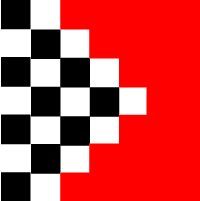Electrostatic Powder High-Voltage Gun - Corona Charging Method
The high-voltage electrode generates an ion cloud in the air molecules near the end of the spray gun. As the powder particles pass through this ion cloud, they absorb negative ions and become negatively charged. These negatively charged particles are then attracted to the positively charged electrons of the grounded substrate, forming a uniform coating layer on the surface of the material.



Electrostatic Powder Friction Gun - Friction Charging Method
As the powder particles pass through the non-conductive Teflon spray gun tube, they rub against the tube walls and become positively charged. These particles are then attracted to the substrate due to the induced charge. Since the induced magnetic field is weaker, the Faraday effect is less pronounced, and there are no free ions, there is no back ion phenomenon. This allows for more uniform powder coating on substrates with complex shapes.



1) Basic Principle
A high-voltage corona discharge electric field is formed between the spray gun and the workpiece. As the powder particles are ejected from the spray gun and pass through the discharge zone, they collect a large number of electrons, becoming negatively charged particles. Under the influence of electrostatic attraction, these negatively charged particles are drawn to the positively charged workpiece, adhering to its surface.
A typical powder electrostatic coating process flow is as follows: Workpiece loading → Degreasing → Cleaning → Rust removal → Cleaning → Phosphating → Cleaning → Passivation → Powder electrostatic coating → Curing → Cooling → Workpiece unloading
In powder electrostatic coating, factors affecting coating quality, in addition to the quality of the surface pretreatment of the workpiece, include spraying time, spray gun type, spraying voltage, powder flow rate, powder conductivity, powder particle size, and the speed of the powder and air mixture.

